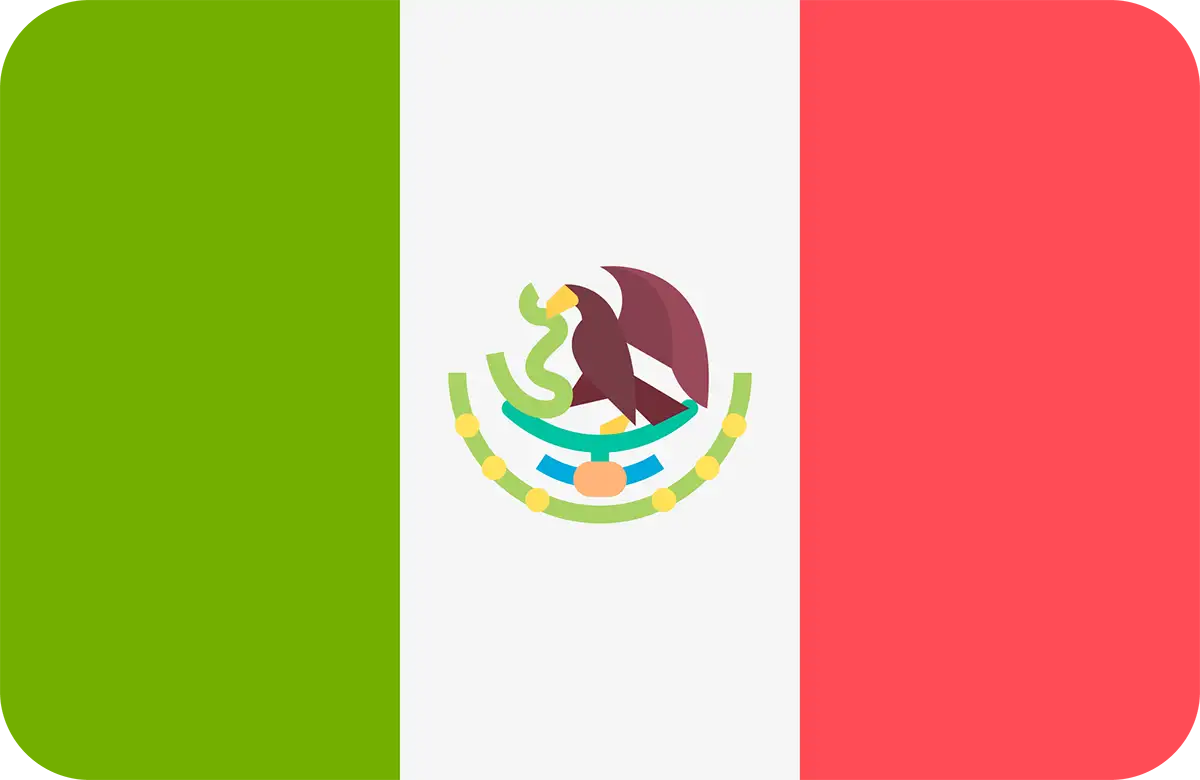[Read more...]
Texas
[Read more...]
Oklahoma
[Read more...]
California
[Read more...]
Newborn Screening for Krabbe Disease in Arkansas
[Read more...]
Alabama
[Read more...]
Newborn Screening for Krabbe Disease in Arizona
[Read more...]
Rhode Island
[Read more...]
Newborn Screening for Krabbe Disease in Florida
[Read more...]
Newborn Screening for Krabbe Disease in Louisiana
[Read more...]


